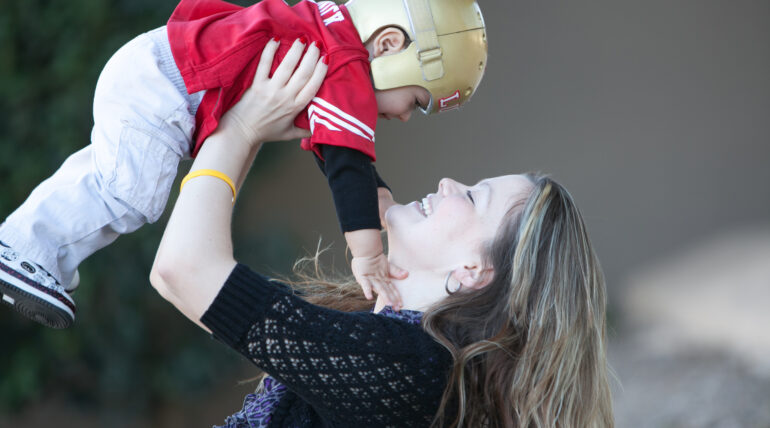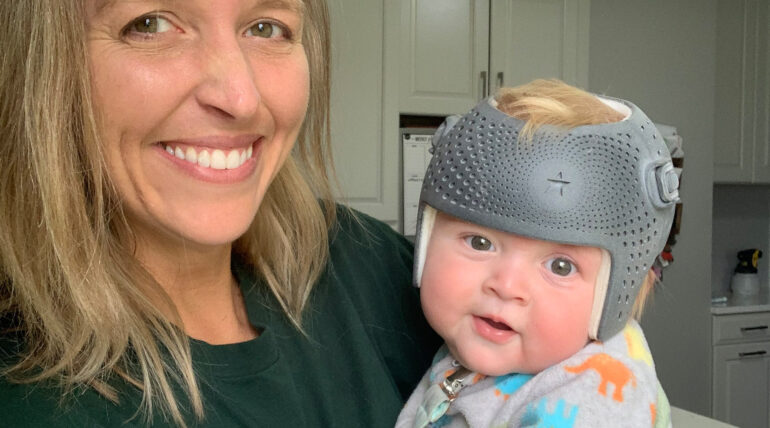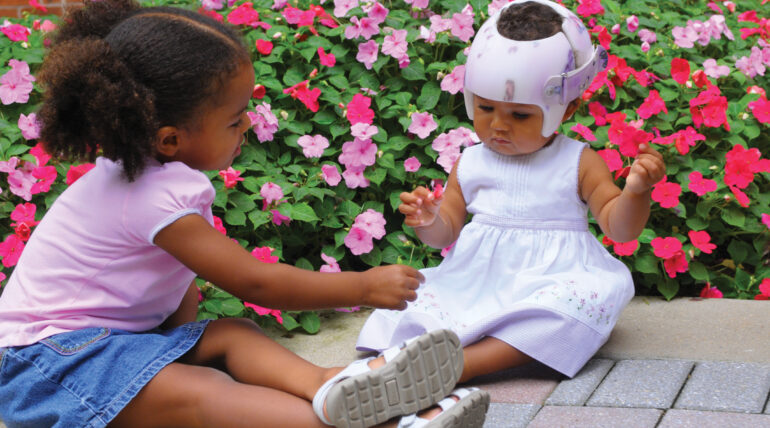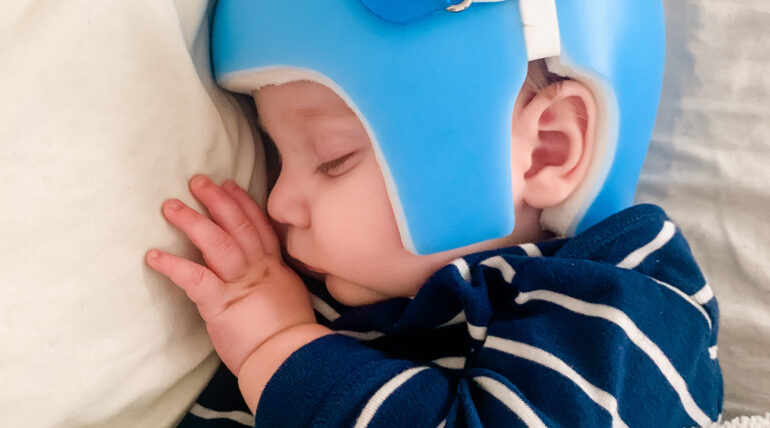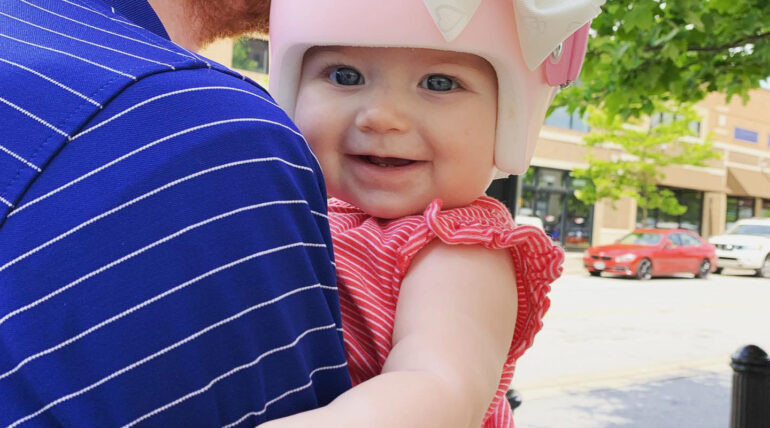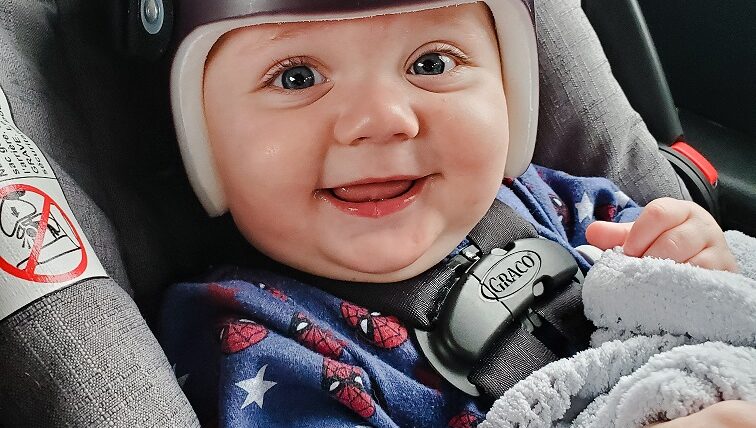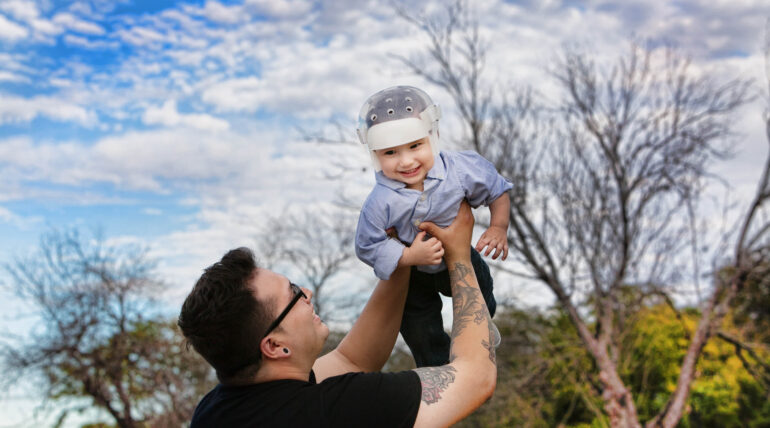The 13th Annual Gala is hosted by the NJ Craniofacial Center (501c3), to help raise money for to provide continued treatment and services to the children and families in need around the world. Our gala will take place on Tuesday May 21, 2024, 6:00PM, at The Park Savoy Estate. Our theme this year is bow ties and tiaras! We will…




